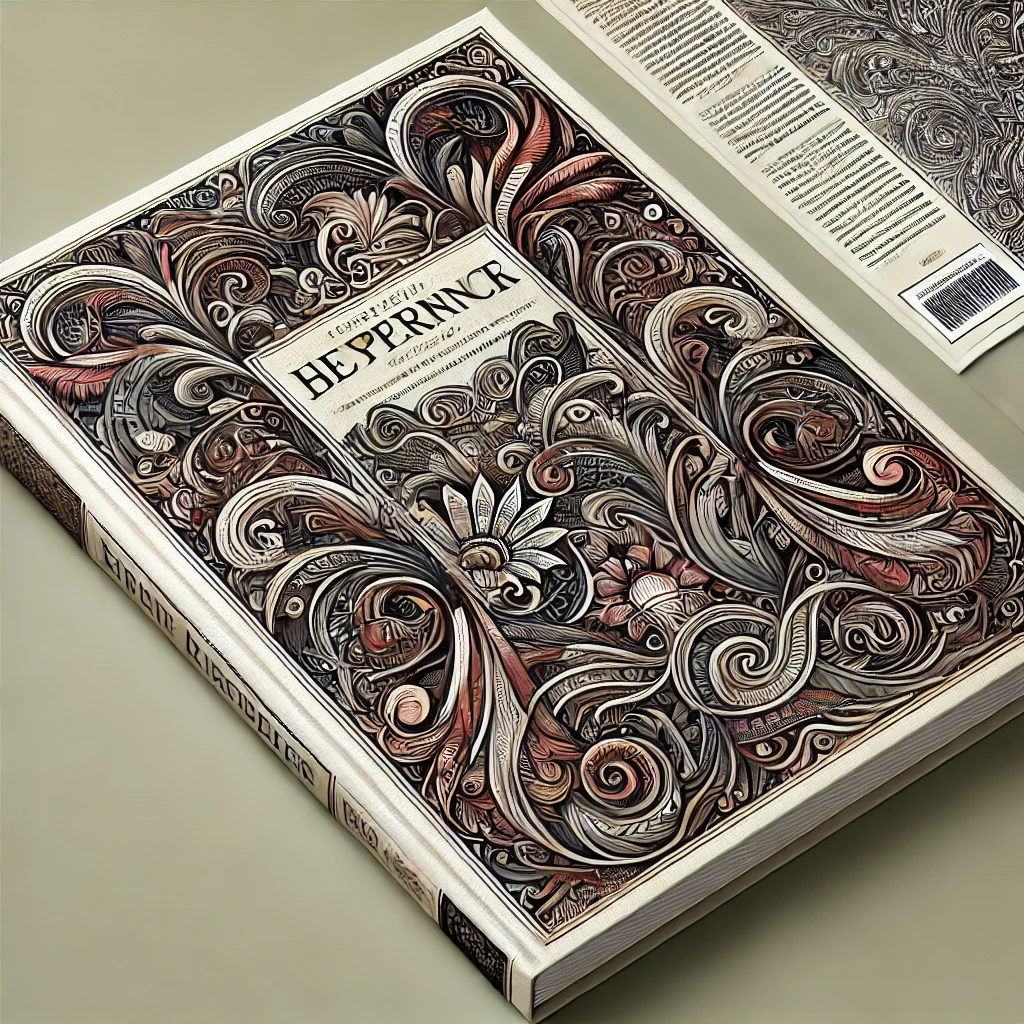1. Possessive ‘s:
Miembros de la Familia
- Use: The possessive ‘s is used to show that something belongs to someone or something.
- Formula: Add ‘s to the end of a singular noun or a proper noun.
- Examples:
- Lily’s doll (The doll belongs to Lily.)
- The cat’s toy (The toy belongs to the cat.)
- James’s book (The book belongs to James.)
MORE EXAMPLES:
1️⃣ Singular Nouns (Add ’s to show possession)
(When one person or thing owns something, add ’s)
| Order | Sentence | Singular Nouns |
|---|---|---|
| 1. | The boy’s backpack is blue. | (One boy) |
| 2. | My friend’s car is very fast. | (One friend) |
| 3. | The teacher’s desk is near the window. | (One teacher) |
| 4. | The dog’s food is in the bowl. | (One dog) |
| 5. | The child’s toy is broken. | (One child) |
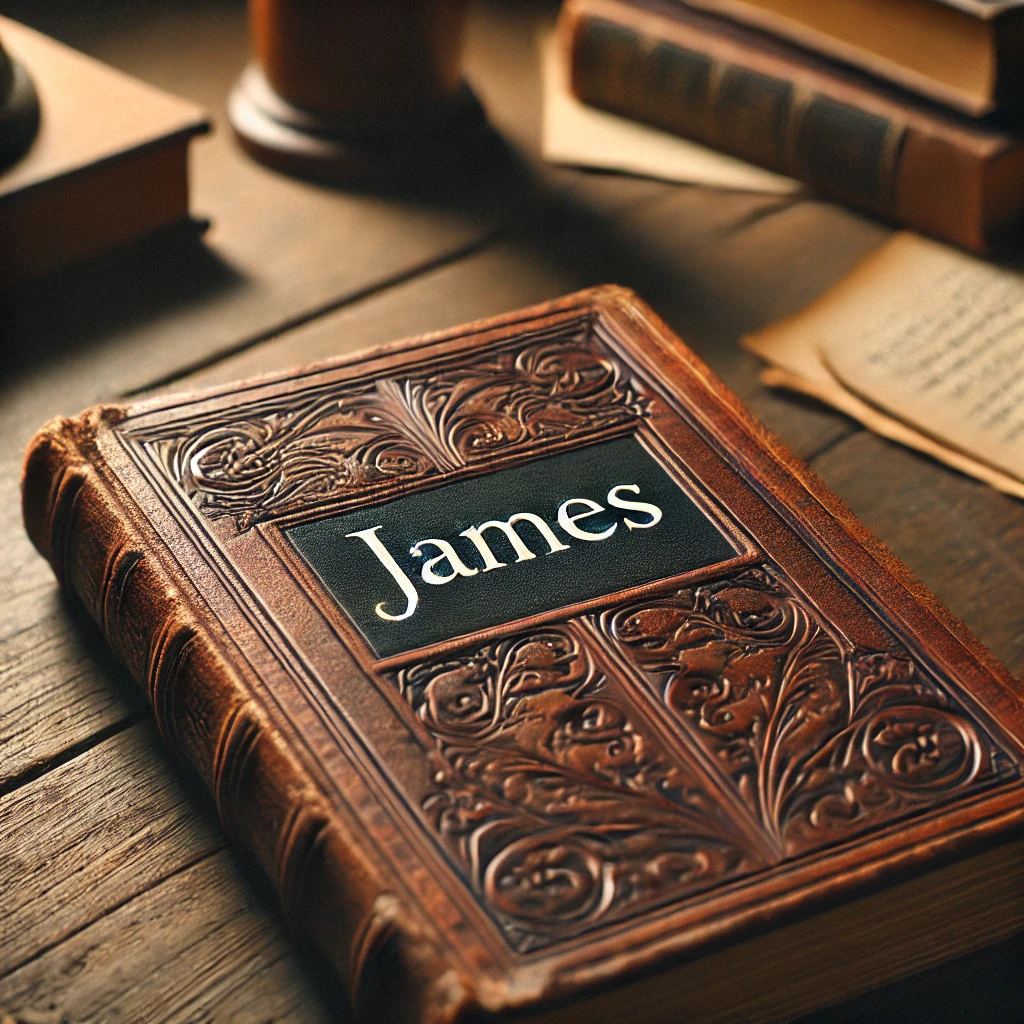
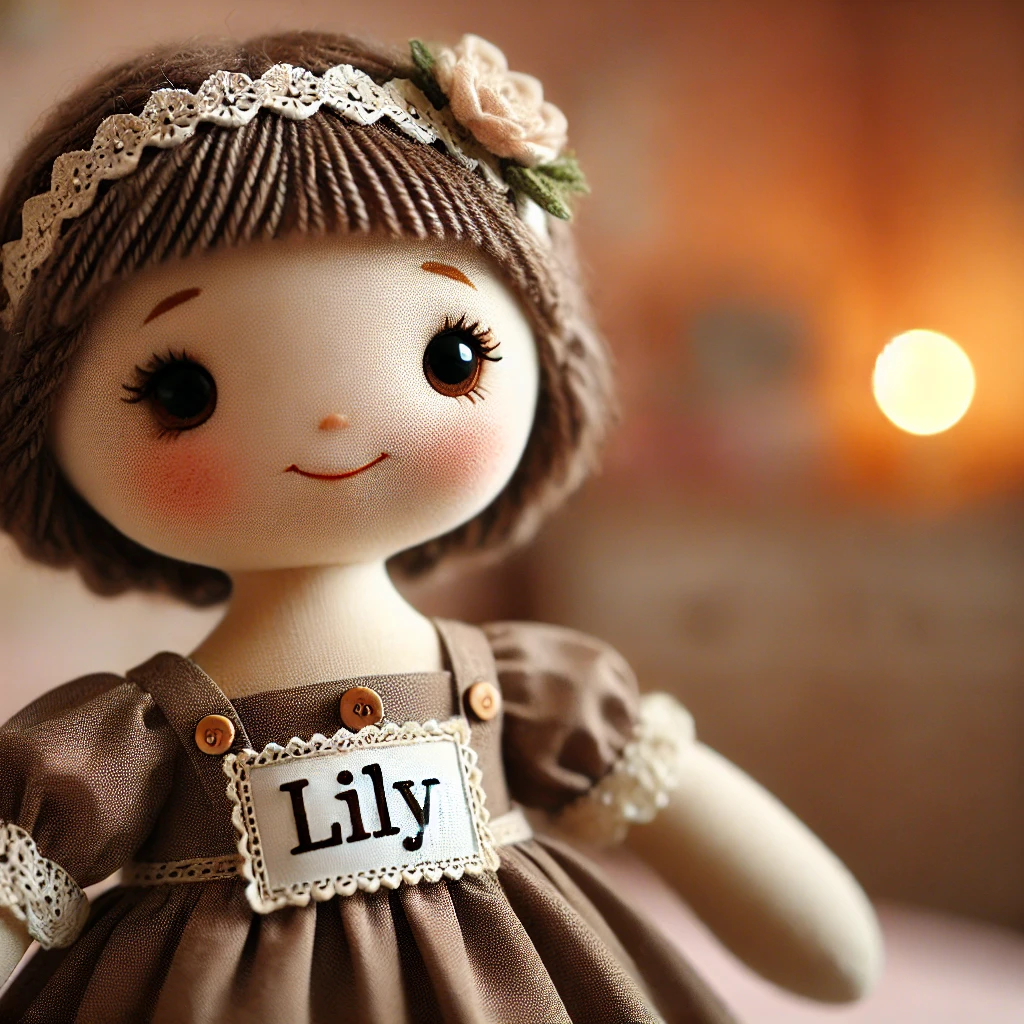
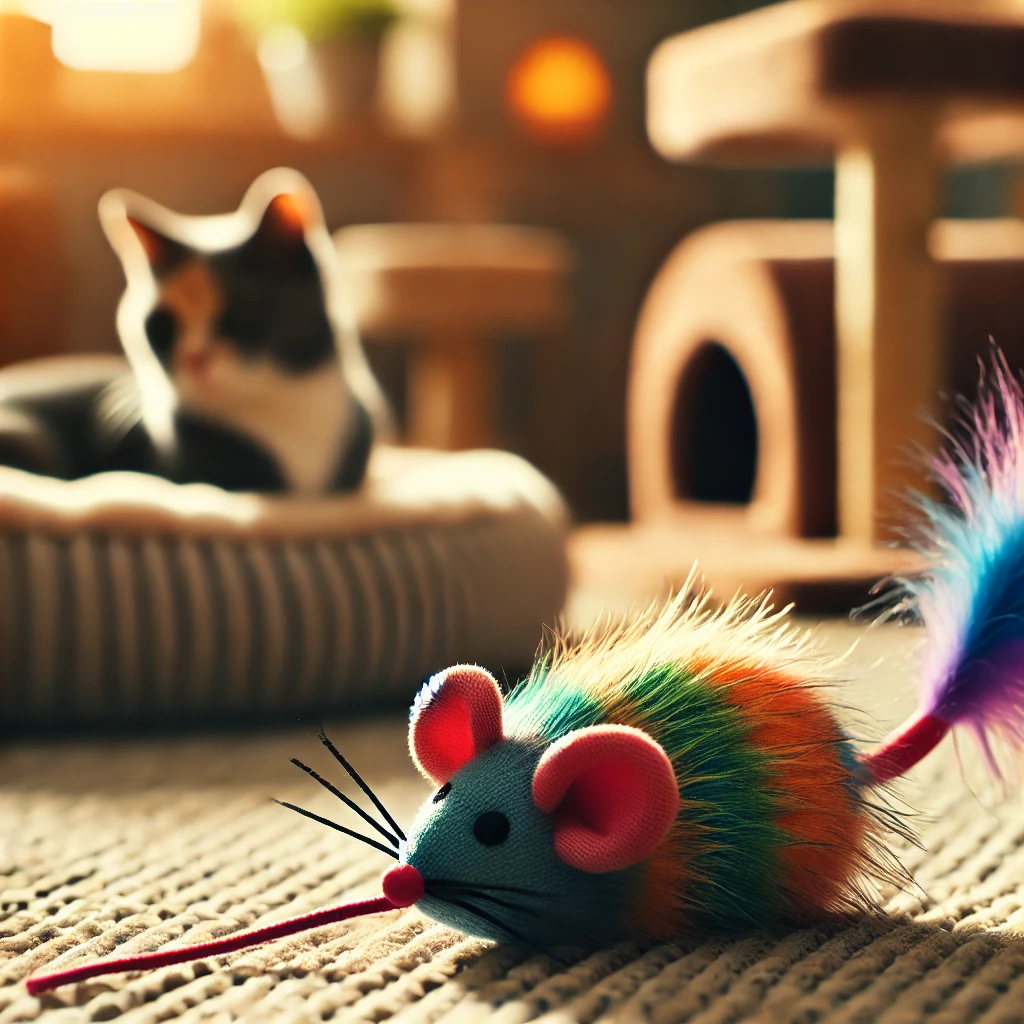
2. Possessive ‘s with Plural Nouns:
Miembros de la Familia
- Regular Plural Nouns: For plural nouns that already end in -s, simply add an apostrophe (‘) after the s.
- Examples:
- The boys’ room (The room belongs to the boys.)
- The teachers’ lounge (The lounge belongs to the teachers.)
MORE EXAMPLES:
2️⃣ Plural Nouns Ending in S (Just add ’ after the s)
(When more than one person or thing owns something, just add ’ after the final S)
| Order | Sentence | Singular Nouns |
|---|---|---|
| 1. | The students’ classroom is big. | (More than one student) |
| 2. | My parents’ house is very cozy. | (Both parents) |
| 3. | The teachers’ lounge is next to the office. | (All the teachers) |
| 4. | The dogs’ food bowls are in the kitchen. | (More than one dog) |
| 5. | The babies’ toys are everywhere. | (More than one baby) |
- Irregular Plural Nouns: For plural nouns that do not end in -s, add ‘s to the end of the word.
- Examples:
- Children’s books (The books belong to the children.)
- Women’s shoes (The shoes belong to the women.)
MORE EXAMPLES:
2️⃣.5️⃣ Irregular Plural Nouns (Add ’s because they don’t end in S)
(Some plural nouns don’t end in S, so we add ’s like a singular noun.)
| Order | Sentence | Singular Nouns |
|---|---|---|
| 1. | The men’s restroom is on the left. | (Men = plural) |
| 2. | The women’s team won the game. | (Women = plural) |
| 3. | The children’s books are on the shelf. | (Children = plural) |
| 4. | The people’s choice was very clear. | (People = plural) |
| 5. | The geese’s nest is near the lake. | (Geese = plural) |



3. Possessive ‘s with Compound Nouns:
- Usage: When you have a compound noun (a noun made up of two or more words), add ‘s to the end of the whole compound noun.
- Examples:
- My sister-in-law’s car (The car belongs to my sister-in-law.)
- The mother-in-law’s recipe (The recipe belongs to the mother-in-law.)
- The father-of-the-bride’s speech (The speech given by the father of the bride.)
3️⃣ Compound Nouns (Add ’s to the last word)
(For compound words, only the last word gets the ’s.)
| Order | Sentence | Plural Nouns |
|---|---|---|
| 1. | My mother-in-law’s recipe is delicious. | |
| 2. | The brother-in-law’s house is near mine. | |
| 3. | My sister-in-law’s car is red. | |
| 4. | The editor-in-chief’s decision was final. | |
| 5. | The father-in-law’s advice was helpful. |

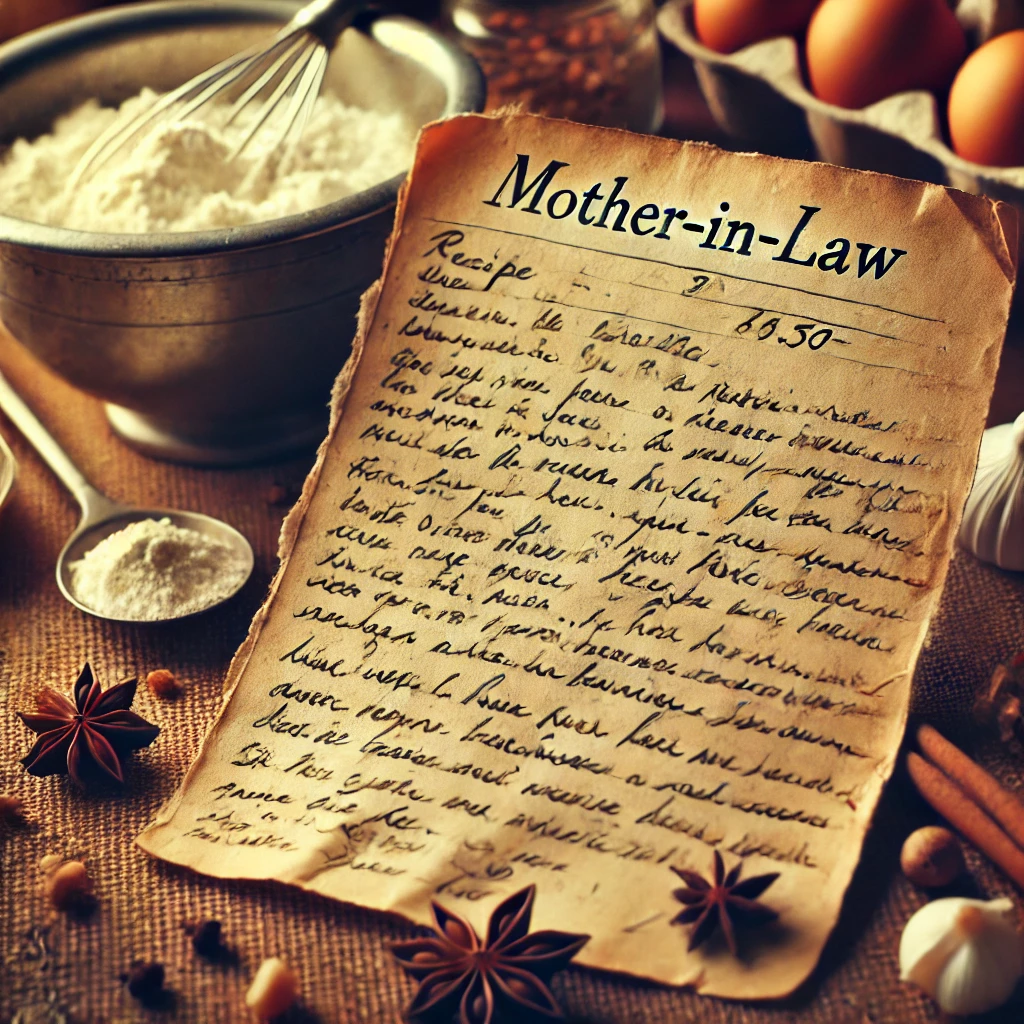

4. Possessive ‘s with Multiple Owners:
- Shared Possession: If two or more people share ownership, add ‘s to the last person mentioned.
- Examples:
- John and Mary’s house (The house belongs to both John and Mary.)
4️⃣ Multiple Owners (Where Does the Apostrophe Go?)
🔹 Shared Ownership (One Thing Belongs to Both) – Add ’s Only to the Last
(When two or more people own the same thing, the apostrophe goes only on the last name.)
| Order | Sentence | Singular Nouns |
|---|---|---|
| 1. | Tom and Jerry’s apartment is small. | 🏠 (One apartment for both Tom and Jerry.) |
| 2. | Mom and Dad’s car is parked outside. | 🚗 (One car for both parents.) |
| 3. | Jack and Emily’s dog is very playful. | 🐶 (One dog that belongs to both Jack and Emily.) |
| 4. | Sam and Alex’s house is near the beach. | 🌊 (One house for both Sam and Alex.) |
| 5. | Maria and Juan’s wedding was beautiful. | 💍 (One wedding for both Maria and Juan.) |
- Individual Possession: If each person owns something individually, add ‘s to each person’s name.
- Examples:
- John’s and Mary’s cars (John has one car, and Mary has another.)
🔹 Separate Ownership (Each Person Owns a Different Thing) – Add ’s to Both Names
🔹 Shared Ownership (One Thing Belongs to Both) – Add ’s Only to the Last
(When two or more people own the same thing, the apostrophe goes only on the last name.)
| Order | Sentence | Singular Nouns |
|---|---|---|
| 1. | The men’s restroom is on the left. | (Men = plural) |
| 2. | The women’s team won the game. | (Women = plural) |
| 3. | The children’s books are on the shelf. | (Children = plural) |
| 4. | The people’s choice was very clear. | (People = plural) |
| 5. | The geese’s nest is near the lake. | (Geese = plural) |


5. Possessive with Inanimate Objects:
- Usage: Although the possessive ‘s is often used with people and animals, it can also be used with inanimate objects in certain contexts.
- Examples:
- The book’s cover (The cover of the book.)
- The school’s name (The name of the school.)

